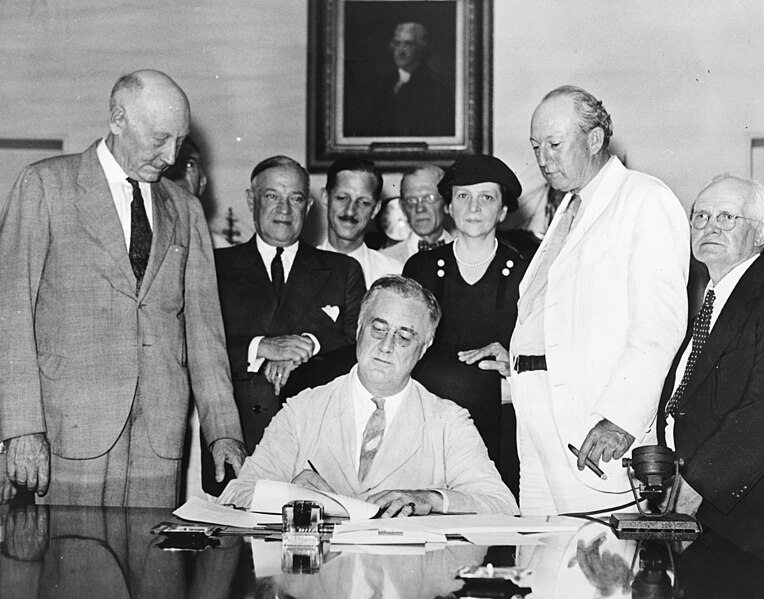AARP Hearing Center

In the fabric of society, few programs have woven themselves as deeply into the American culture as Social Security. The economic devastation of the Great Depression further exposed society's vulnerabilities, with millions of older Americans in poverty and many more at risk of financial ruin. In response, the Social Security Act was signed into law to better ensure a measure of income security for older Americans in retirement.
Over the subsequent decades, it has matured into a vital source of guaranteed, inflation-adjusted income for millions of retirees who pay in and earn their Social Security through payroll taxes they and their employers contribute throughout their working lives. Social Security also enjoys widespread support across all ages and demographic groups.
Today, more than one in five Ohioans receive Social Security. Nearly half of those age 65 or older count on Social Security as their largest source of income, and about 25 percent of households rely on Social Security for 90 percent or more of their income.
With this many people saying Social Security is important to their retirement security, it is instructive to understand how it was created and how it has evolved over time.
Here's a timeline of significant events in the history of Social Security.
- Aug. 14, 1935: President Franklin Roosevelt signed the Social Security Act into law.
- Aug. 10, 1939: The program was broadened to include benefits for workers’ dependents and survivors.
- October 1950: Congress authorized the first cost-of-living adjustment (COLA), an increase of 77 percent.
- September 1960: President Eisenhower signed a law amending the disability rules to permit payment of benefits to disabled workers of any age and their dependents.
- June 30, 1961: All workers are now allowed to retire early at age 62, albeit at a reduced Social Security benefit. Previously, benefits could not be claimed until the normal retirement age (NRA) of 65.
- Oct. 30, 1972: President Nixon signed the Social Security Amendments making the cost-of-living adjustment automatic each year,
- April 20, 1983: President Ronald Reagan signed into law sweeping changes to Social Security aimed at addressing the imminent Social Security funding gap. These included moving up scheduled increases in the payroll taxes that fund Social Security, gradually raising the normal retirement age to 67, and making 50 percent of Social Security benefits taxable for recipients with incomes above $25,000 for an individual and $32,000 for married couples filing jointly.
- Aug. 10, 1993: President Bill Clinton signed the Omnibus Budget Reconciliation Act, a large deficit reduction package of tax increases and spending cuts that included a provision raising the share of Social Security benefits subject to income tax from 50 percent to 85 percent for beneficiaries with incomes above $34,000 (single) or $44,000 (couple).
- May 6, 2024: According to the Social Security Trustees report, Social Security can pay full benefits until 2035. That doesn’t mean Social Security payments would end, but they would be funded only by each year’s payroll tax revenue. The Trustees estimate that would cover about 83 percent of scheduled benefit payments.
The history of Social Security is a testament to the promise between the government and its citizens. From its humble beginnings during the Great Depression, Social Security has stood the test of time, having never missed a payment, providing a foundation of retirement security to generations of Americans.
For the latest news, expert advice and answers to the most frequently asked questions, visit the AARP Social Security Resource Center.
Related Articles































































